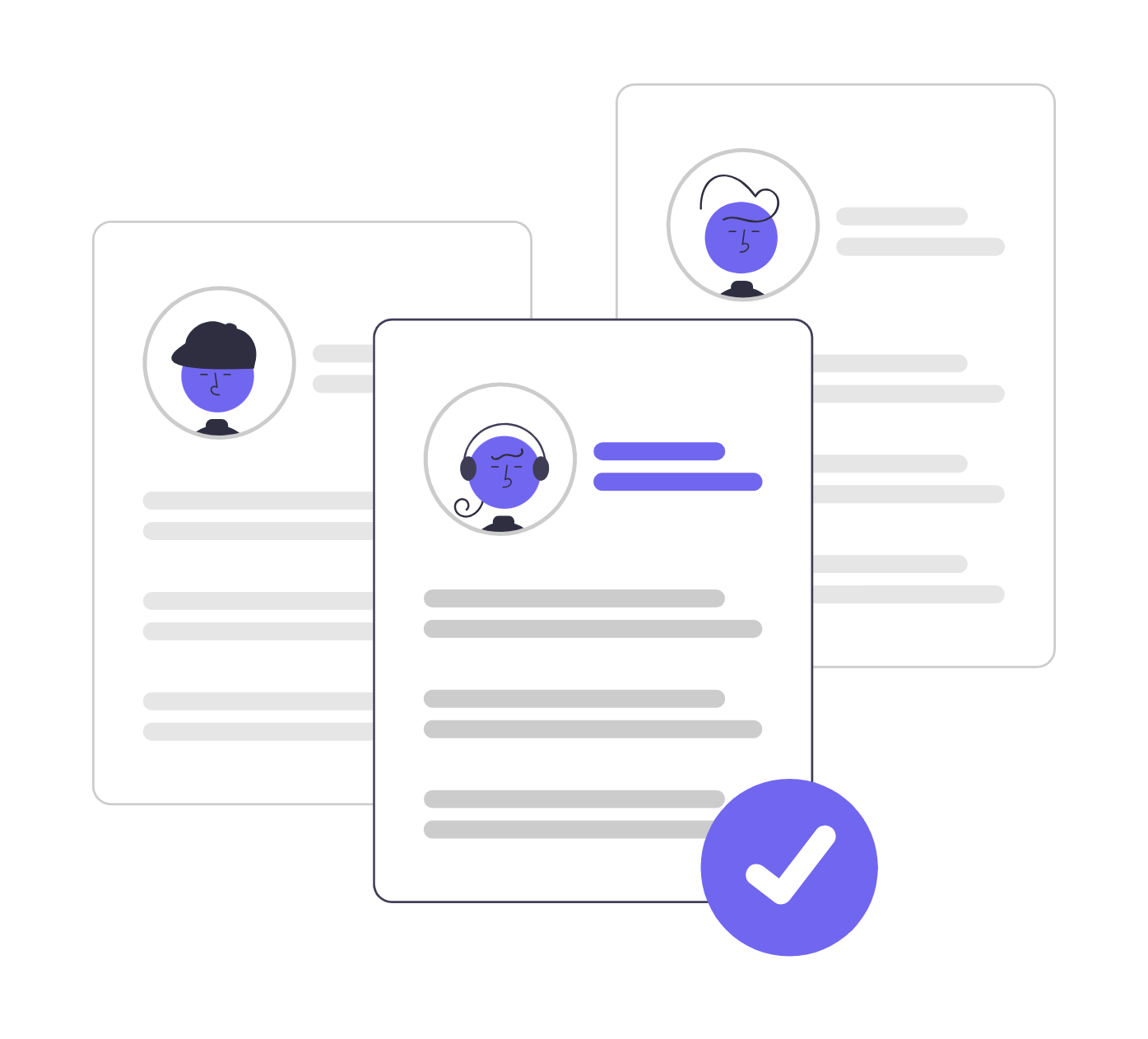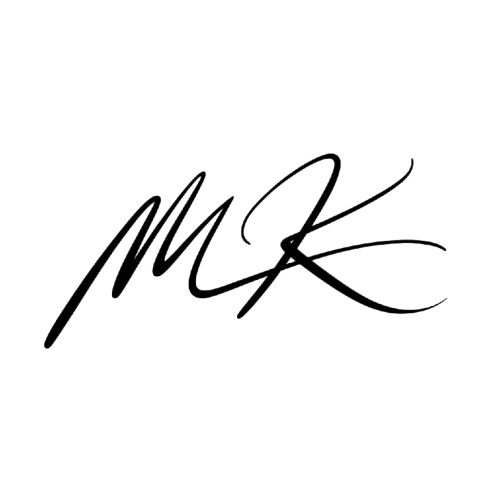Share
In today’s fast-moving hiring landscape, understanding the difference between Talent Acquisition (TA) and Human Resources (HR) isn’t just academic—it’s strategic. Too often, these two roles are lumped together under the same department, leading to confusion, inefficiencies, and ultimately, missed opportunities to hire and retain the right people.
If you’ve ever wondered why your recruitment process feels slow or why your best candidates drop off mid-funnel, the root cause might lie in how your organization structures these two critical functions.
Let’s unpack the real differences between Talent Acquisition and Human Resources—and explore how separating them can unlock serious gains in both speed and quality of hire.
HR vs. TA: A Quick Definition Before We Dive Deeper
At a glance, both HR and TA touch the hiring process—but their scopes and goals are fundamentally different.
Human Resources (HR) is primarily responsible for the existing workforce. It handles payroll, employee relations, compliance, training, benefits, and retention. HR ensures the company runs smoothly after people are hired.
Talent Acquisition (TA) focuses on the future workforce. It’s about finding, attracting, evaluating, and securing top talent—often for roles that are business-critical or hard to fill.
While TA is technically part of the broader HR umbrella, smart companies treat it as a specialized discipline with its own processes, tools, and metrics.
Quickly identify your most promising candidates. WorkScreen automatically evaluates, scores, and ranks applicants on a performance-based leaderboard—making it easy to spot top talent, save time, and make smarter, data-driven hiring decisions.

What Talent Acquisition Actually Does (And Why It Deserves Its Own Lane)
Talent Acquisition is not just “recruiting.” It’s a forward-looking, strategic process aimed at identifying candidates who can not only fill open roles but also fuel the company’s long-term success.
Key TA functions include:
- Creating compelling job descriptions and employer branding
- Sourcing candidates via job boards, referrals, social media, and databases
- Screening and assessing skills, cultural fit, and future potential
- Managing the candidate pipeline and interview process
- Negotiating offers and preparing for onboarding
- Building and nurturing long-term candidate pipelines
In essence, TA professionals act more like marketers and deal-closers. They craft the story that attracts top-tier talent and execute fast-moving hiring strategies that align with business goals.
What HR Does Best: Managing the Workforce You Already Have
While TA brings talent in, HR makes sure it thrives.
Core HR responsibilities:
- New hire onboarding and training
- Payroll, compensation, and benefits administration
- Ensuring legal and regulatory compliance
- Handling workplace conflicts and grievances
- Maintaining employee records and evaluating satisfaction
- Managing internal policy updates and performance reviews
HR takes a holistic view of workforce management. Where TA is about growth, HR is about maintenance, culture, and continuity. Think of HR as the engine room of the organization—ensuring everything runs reliably and within policy.
Why Combining TA and HR Often Backfires
In theory, housing TA under HR sounds like a neat package. In reality, it often results in clashing priorities, diluted focus, and slower outcomes.
From the field:
“HR added extra screening after we had already vetted a candidate. It just dragged out the process unnecessarily.” – Reddit recruiter
“They hijacked a requisition we were filling and assigned it internally—without telling us.” – Internal TA team lead
Common pain points when HR controls TA:
- Slowed hiring cycles due to added bureaucracy
- Miscommunication or overlap in candidate handling
- Lack of TA-specific tools or budget
- Poor experience for candidates due to compliance-first mentality
Workscreen Eliminates low-effort applicants—including those who use AI Tools to apply, copy-paste answers, or rely on "one-click apply." This way, you focus only on genuine, committed, and high-quality candidates—helping you avoid costly hiring mistakes.

When Integration Works: The Case for Collaboration, Not Control
That said, HR and TA don’t have to be siloed. The best setups involve collaboration over control.
Where collaboration works best:
- Job description development: TA brings market insight; HR ensures internal alignment.
- Salary benchmarking: TA informs competitiveness; HR ensures budgetary compliance.
- Onboarding: TA handles pre-start communication; HR picks up post-hire training.
- Succession planning: HR maps internal growth; TA identifies external pipeline gaps.
When both functions operate in sync—but with autonomy—organizations get the best of both worlds: speed in hiring and strength in retention.
How Smart Companies Structure TA and HR Teams
Forward-thinking companies are increasingly restructuring how they define and separate these roles.
Examples of modern approaches:
- TA reports to operations or marketing (especially in fast-growth environments)
- Standalone TA departments for enterprise hiring or specialized roles
- Shared goals, separate execution: HR owns retention and culture; TA owns acquisition and pipeline velocity
This separation doesn’t diminish HR—it empowers both departments to specialize and succeed without stepping on each other’s toes.
The Metrics That Matter (And Why They’re Different)
Trying to measure TA and HR with the same KPIs is like using a thermometer to check tire pressure. The functions are simply too different.
Function | Primary Metrics |
Talent Acquisition | Time-to-fill, quality of hire, cost-per-hire, offer acceptance rate |
Human Resources | Retention rate, employee satisfaction, compliance adherence, benefits utilization |
Recognizing this distinction helps teams set more realistic goals and improve performance on both fronts.
It’s Time to Modernize Your Org Structure
Legacy org charts may still treat TA as a subsection of HR, but that model doesn’t hold up in today’s hiring environment.
With AI-generated resumes, passive candidate sourcing, and global competition for talent, TA demands its own playbook, tools, and leadership focus. Treating it as an afterthought limits your ability to compete—especially in niche industries or high-growth startups.
By giving TA the autonomy it needs to move fast and act strategically, you enable your HR team to focus on what it does best: nurturing people, protecting the organization, and fostering long-term culture.
Final Verdict: Split to Scale
Talent Acquisition and Human Resources are two sides of the same hiring coin—but they are not interchangeable. TA brings the right people in. HR helps them stay and succeed. When you treat them as distinct but complementary forces—with separate processes, metrics, and mandates—you build a hiring engine that scales with your business and adapts to the modern talent market. If your current structure is slowing you down, it’s time to rethink the model. Because in hiring, clarity isn’t just helpful—it’s a competitive advantage.
Easily administer one-click skill tests with Workscreen-This way you can assess candidates based on real-world ability—not just credentials like résumés and past experience. This helps you hire more confidently and holistically.

FAQs
A: Talent acquisition is often technically a subset of HR, but in many modern organizations—especially those with high hiring volume or specialized talent needs—it operates as a distinct department. While both functions work together, TA focuses on proactive recruiting and growth, while HR handles internal operations and compliance.
A: Companies should consider separating TA when they experience rapid growth, face a highly competitive talent market, or need to recruit for specialized or leadership roles. This allows each team to focus deeply on its core function: sourcing and hiring versus managing and retaining.
A: Clear role definitions and shared goals are key. HR should own onboarding, compliance, and retention; TA should own sourcing, candidate experience, and pipeline speed. Collaboration is most effective around compensation strategy, job descriptions, onboarding transitions, and long-term workforce planning.
A: Talent acquisition teams rely on Applicant Tracking Systems (ATS), sourcing tools (e.g., LinkedIn Recruiter), and assessment platforms. HR teams typically use Human Resource Information Systems (HRIS), payroll software, benefits administration tools, and performance management platforms.
A: TA success is often measured by time-to-fill, cost-per-hire, offer acceptance rate, and candidate quality. HR, on the other hand, is evaluated on retention rates, employee engagement, compliance, benefits utilization, and workplace culture metrics.
A: Yes, in early-stage startups or small businesses, one person may handle both functions. However, it’s important to recognize the unique demands of each role. As the company grows, separating the functions ensures better focus, speed, and strategic execution.
A: Common risks include slower hiring due to added compliance steps, a poor candidate experience, misalignment with hiring managers, and missing out on high-quality talent. Over-centralization can also prevent the business from adapting to fast-changing talent market dynamics.

